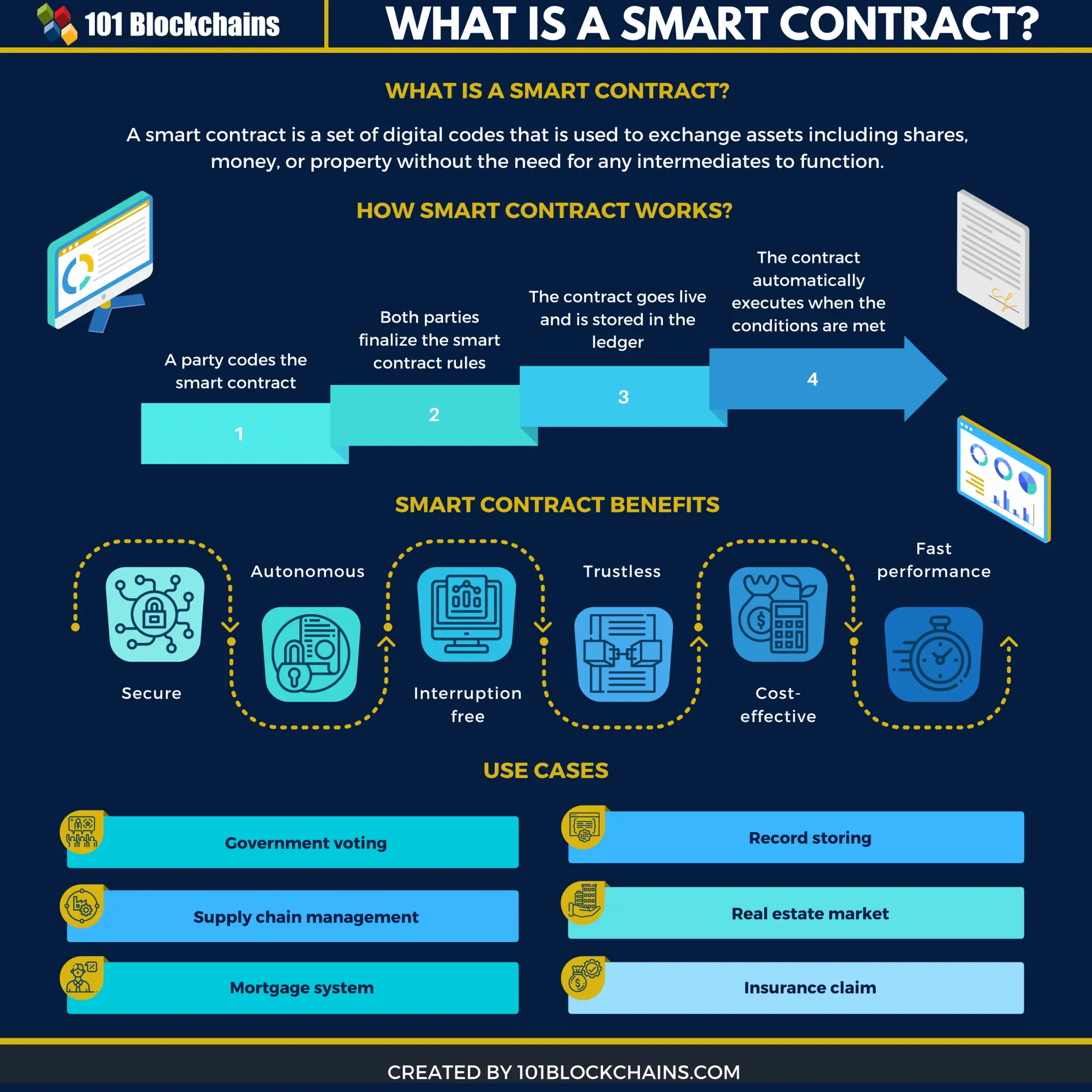What Is A Blockchain Oracle And How Does It Improve Smart Contracts
In the realm of blockchain and smart contracts, a crucial concept has emerged, bridging the gap between on-chain and off-chain data. This concept is none other than the blockchain oracle – a game-changing innovation that has revolutionized the way smart contracts interact with external information. But what exactly is a blockchain oracle, and how does it elevate the capabilities of smart contracts?

- How To Use Nfts For Digital Art And Collectibles
- Unlocking Transparency And Immutability Harnessing The Power Of Blockchain For Seamless Record Keeping
- Revolutionizing Healthcare Security: How Blockchain Is Saving Lives
- Revolutionizing Transparency In Governance With Blockchain
- Revolutionizing Crypto Trading: The Rise Of Unique Atomic Swaps
Imagine a self-executing contract that automates the process of buying and selling stocks. This contract relies on real-time market data to determine when to buy or sell. However, this information resides outside the blockchain, and the contract cannot directly access it. This is where the blockchain oracle comes into play.
A blockchain oracle is essentially a middleman that feeds external data to smart contracts on the blockchain. It acts as a trusted intermediary, aggregating and verifying information from various sources, then providing this data to the contract. This data can be anything from sports scores to financial market fluctuations, or even the outcome of a presidential election.
Now, let’s dive deeper into the mechanics of blockchain oracles. There are two main types: centralized and decentralized oracles. Centralized oracles rely on a single entity to provide data to the contract. In contrast, decentralized oracles source data from multiple providers, which offers greater security, accuracy, and resilience.
One of the most critical benefits of blockchain oracles is their ability to improve the functionality of smart contracts. Without oracles, contracts would be isolated from external data, making them limited in their applications. With oracles, contracts can react to real-world events in real-time, enabling a wide range of use cases, such as:
- Insurance policies that automatically payout when a natural disaster occurs, as verified by a weather oracle.
- Supply chain management that triggers payments when goods are transported, as confirmed by a shipment oracle.
- Decentralized finance (DeFi) applications that depend on accurate and timely market data, provided by a financial oracle.
So, how does this technology actually work? The process involves several key steps:
- Data ingestion: Oracles aggregate data from various external sources, such as web APIs, IOT devices, or traditional data providers.
- Data validation: The oracle verifies the accuracy and authenticity of the data, often using multiple sources to cross-check information.
- Data delivery: The validated data is then transmitted to the smart contract, which uses this information to execute predetermined actions.
As blockchain technology continues to evolve, the role of oracles becomes increasingly important. By enabling seamless communication between on-chain and off-chain data, oracles unlock the full potential of smart contracts. With the ability to tap into real-world events and information, contracts can now execute with greater precision and efficiency.
However, it’s worth noting that blockchain oracles also introduce new challenges, such as the reliance on external trust assumptions. This means that the accuracy and security of the data provided by oracles can be only as strong as the weakest link in the chain.
In conclusion, blockchain oracles have played a pivotal role in advancing the capabilities of smart contracts. By connecting on-chain and off-chain data, oracles unlock a wide range of use cases and applications. As the technology continues to mature, it will be exciting to see how oracles further extend the potential of blockchain and decentralized applications.
